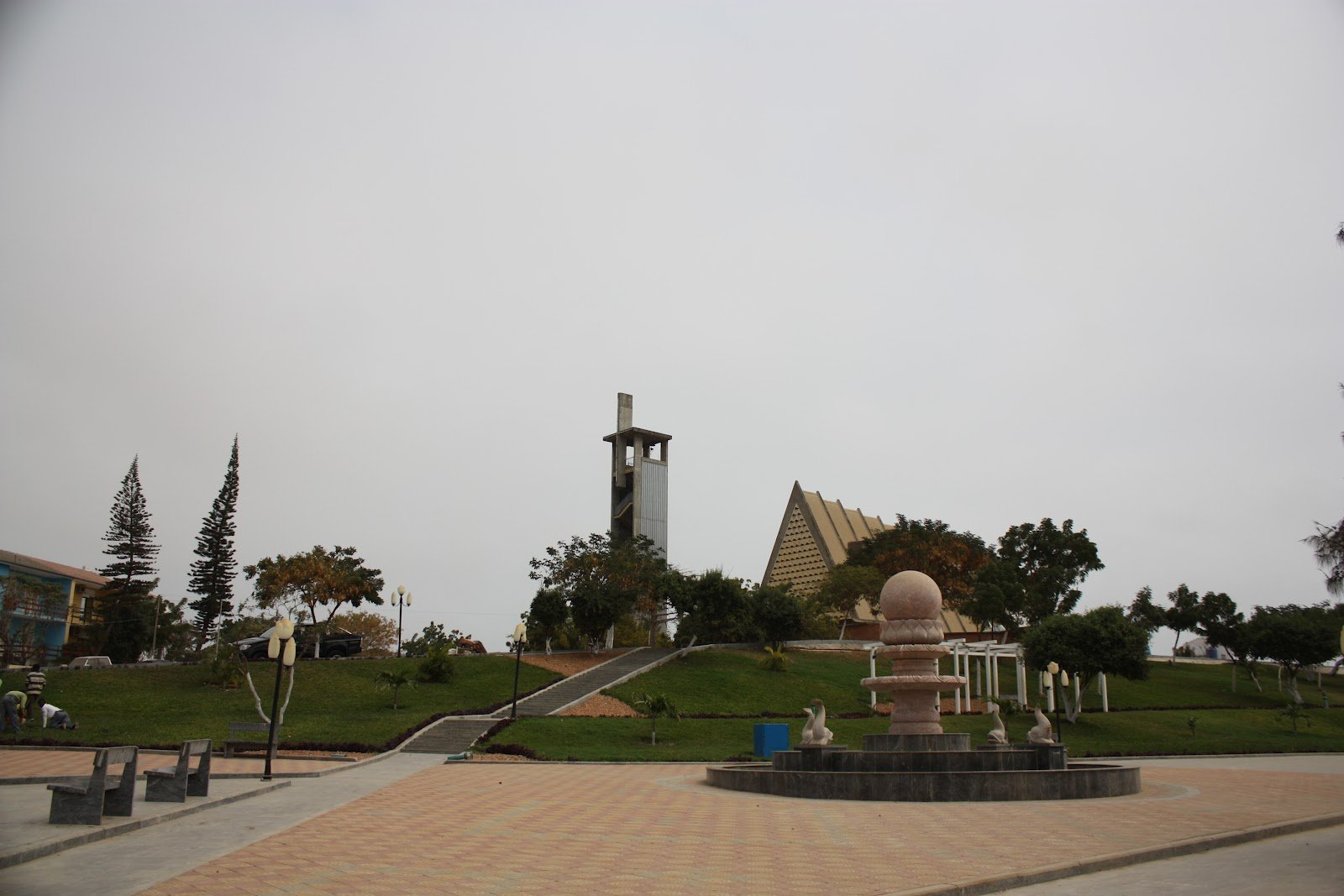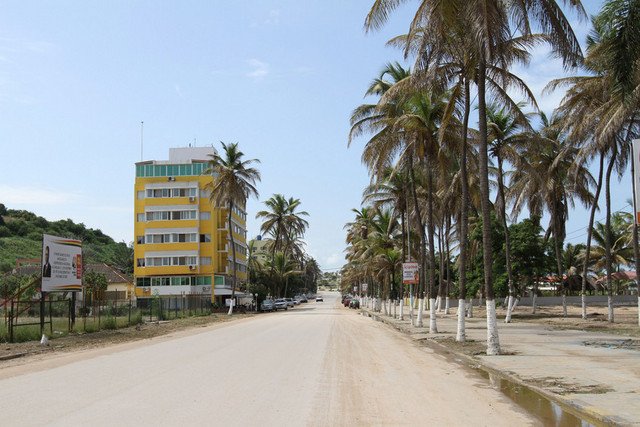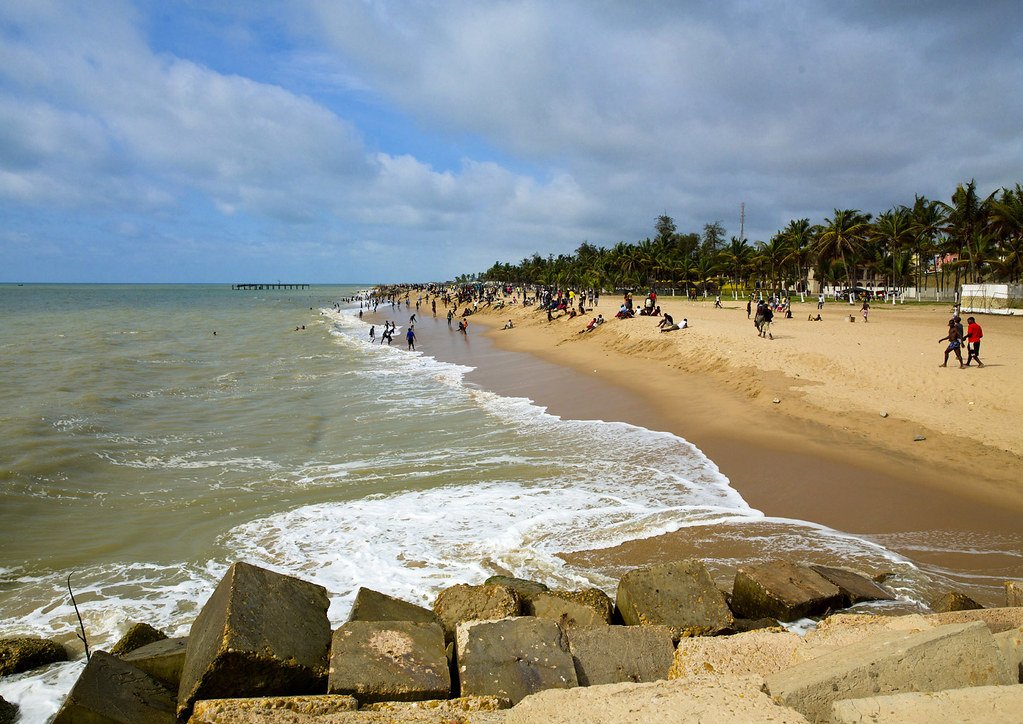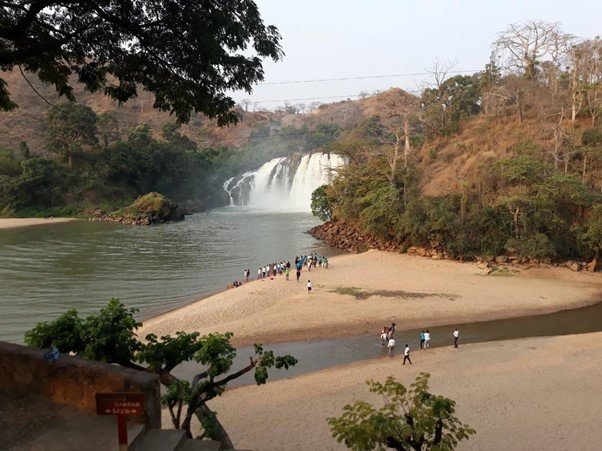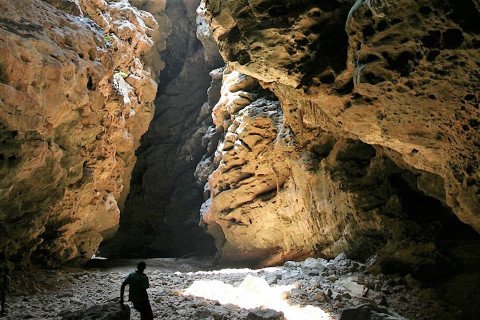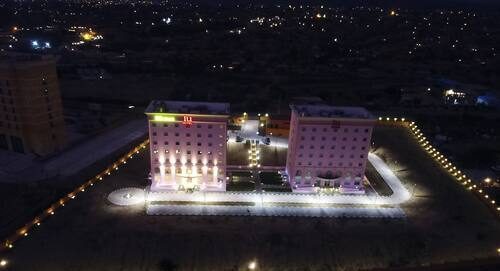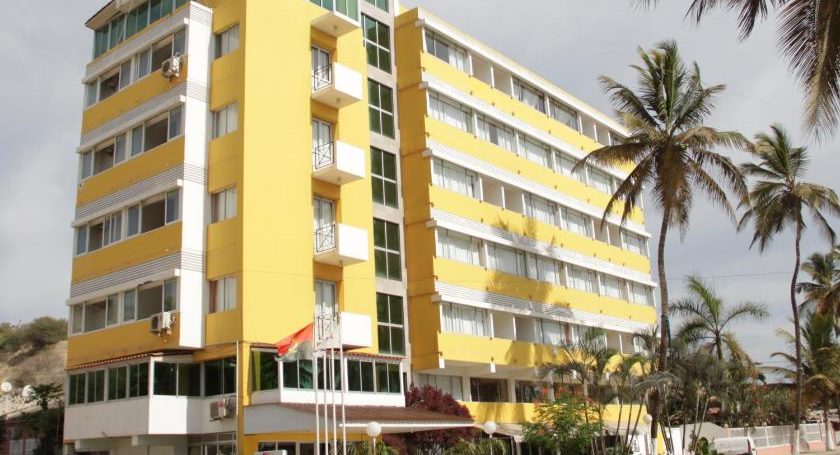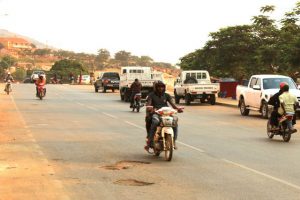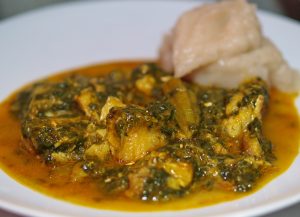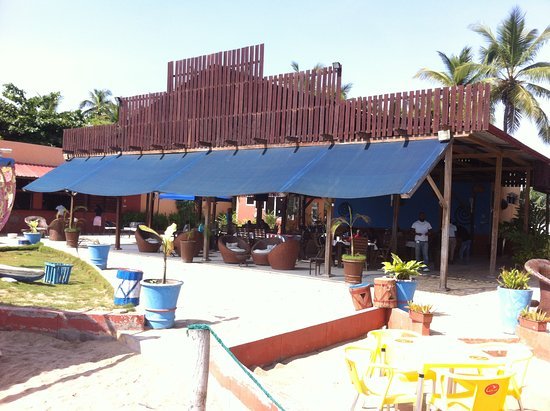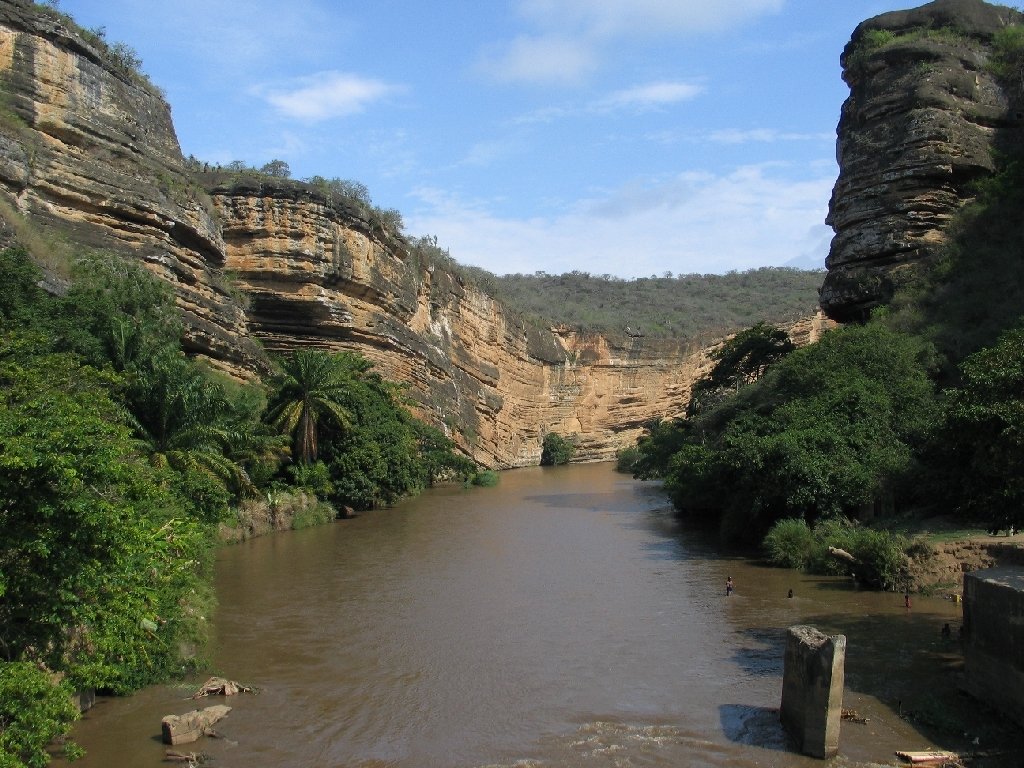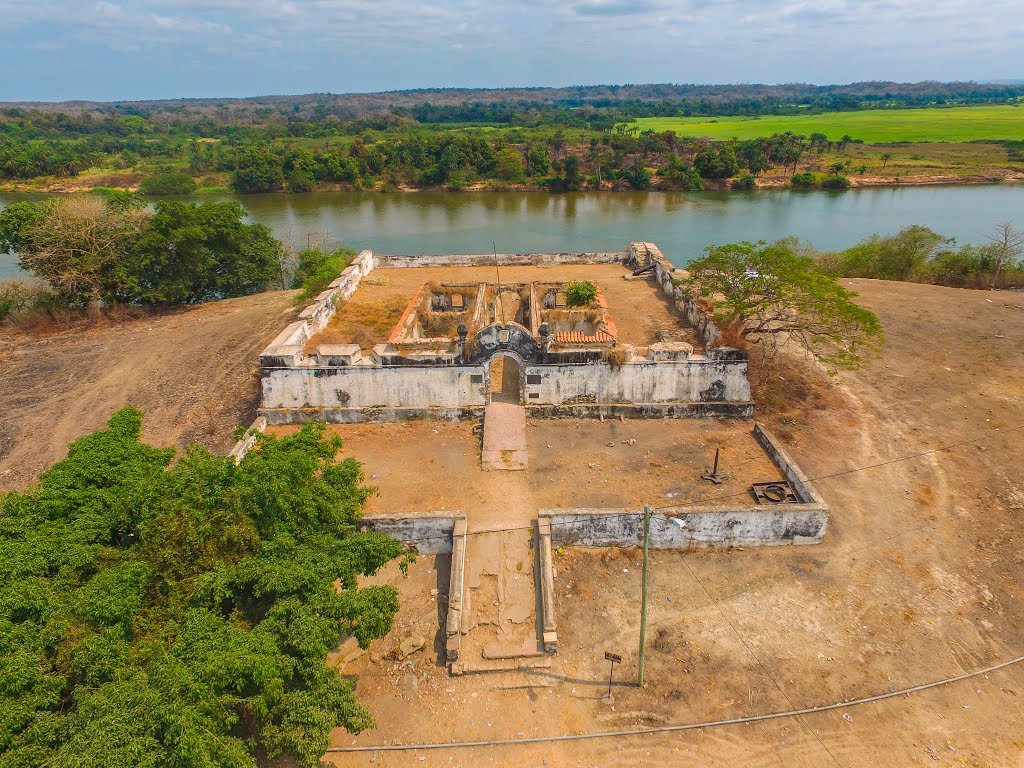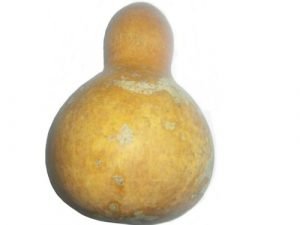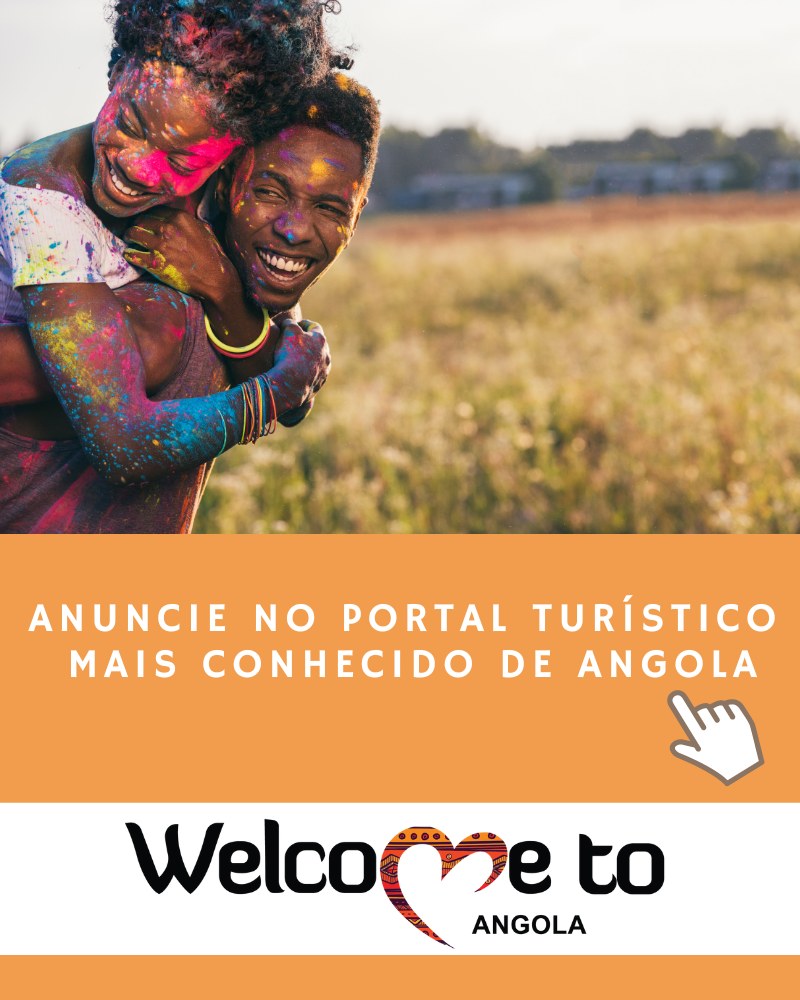- Sumbe City
History
Kwanza Sul province is one of the 18 provinces of Angola, located in the central region of the country. Its capital is in the city and municipality of Sumbe.
The settlement of this province began at the mouth of the Cambongo-Negunza river, in 1769, by decree of Francisco Inocêncio de Sousa Coutinho, governor-general of Angola, who ordered the construction of a fort called Novo Redondo. The Cambongo-Negunza River was named after the then local chief Negunza Cabolo.
Now being under the administrative influence of the district of Benguela (Currently province), now under the administrative responsibility of the districts of Luanda and Cuanza, Cuanza Sul was left out of the colony's development until the beginning of the 20th century.
On September 15, 1917, the colonial government decided to divide the district of Cuanza into the district of North Kwanza (headquarters in Golungo Alto) and district of Cuanza Sul (headquarters in Porto Amboim).
In 1955 the district headquarters was transferred from Porto Amboim to the city of Sumbe.
Kwanza Sul Geo-Demographic Data
Kwanza-Sul is a province of Angola located on the central-west coast, in a mountainous area of varied altitude, with an area of 55,660 km².
The province borders the North and Northeast by the Longa and Kwanza rivers with the provinces of Bengo, North Kwanza and Malange, with Benguela to the south, with bié and Huambo to the southeast, and with the Atlantic Ocean to the West.
The foundation of this province took place at the mouth of the Ngunza River, in 1769, by the governor-general of Angola, D. Francisco Inocêncio de Sousa Coutinho. The Ngunza River was named after the then-head Ngunza Kabolo.
The 12 Municipalities that make up this province are: Amboim, Cassongue, Conda, Ebo, Kibala, Kilenda, Libolo, Mussende, Porto Amboim, Sumbe, Uko-Seles, Wako-Kungo.
Climate
It has a dry tropical climate on the coast and a humid interior. The average annual temperature is 26ºC.
Population
It has an estimated population of 1,793,787 inhabitants (2014), mostly rural.
The most widely spoken national language in the province is the Kimbundu. The ethnic groups in this province are the Kibalas, N'Goias, Mussels, Massumbas and Bailundos.
The Capital, Sumbe
This city is 495 km from Luanda and 208 km from Benguela.
SUMBE”, word of Kimbundu origin, “kusumba”, has a commercial meaning, a practice that became common among the natives and Portuguese and English merchants on the coast of Kwanza Sul, when the latter arrived. Equivalent to buy/sell. It was this designation that gave rise to the name of the place known for a long time as Sumbe, today the coastal city capital of the province of Kwanza Sul.
- Sumbe City
Nature
Its vegetation consists predominantly of savannas with trees, shrubs and dry tropical forests.
Its flora is rich and serves as the mainstay of the country with its wide variety of wood.
The fauna is varied, with wild animals such as the deer, deer, pacaça, among others.
The beaches of Kicombo, Carimba, Chiculcua and the Tapado river in Sumbe and Praia da Marginal in Porto Amboim are ideal for bathing.
- Sumbe Beach
The waterfalls of Cachoeiras do Binga on the Keve River are located in the municipality of Conda, where the thermal and medicinal waters of Tokota also exist and the highest waterfalls in the province (over 150 meters) are located in the municipality. of Kilenda.
- Binga Waterfalls
Other natural attractions to visit are:
- Keve river mouth
- Sassa Forest
- Sassa Caves
- Kikombo Caves
- Waco's medicinal waters
- Medicinal waters from Catanda, in the municipality of Seles.
- Sassa Caves
Culture
There are some entities that promote shows and public entertainment with several centers of public entertainment, such as recreational and cultural centers, discos, cinemas. There are also several libraries.
The number of plastic artists has been increasing, as well as musicians, musical groups, theater and choirs, traditional and modern dance.
The main festivities in the province are the Festas do Mar in the cities of Sumbe and Porto Amboim. The Kwanza Sul parties are held on 15 September.
How to get
There are two aerodromes for small and medium-sized aircraft at Sumbe and Porto Amboim. and an airport in Waku-kungo. All other municipalities have airstrips.
The main road connecting Luanda to Sumbe is in good condition, as are the roads connecting the different municipalities in the province. There are several private operators that guarantee the normal inter-municipal and inter-provincial connection.
Where to stay
The province of Kwanza Sul is one of the cities in Angola that has attracted tourists, due to its proximity to the capital city, as it is a province with sustainable economic growth. province.
- Hotel Ritz Sumbe;
- IU Hotel Sumbe;
- Maritime Hotel – Porto Amboim;
- Hotel Fazenda Cabuta – Calulu;
- Emirais Hotel Spa – Waku Kungo.
- Area view of the IU Sumbe Hotel
- Hotel Ritz Sumbe
Transport
Urban collective transport in the cities of Sumbe and Porto Amboim is provided by a company in the first, and by the Municipal Administration in the second, respectively. Municipalities also have private transport, which are called personalized taxis. Additionally, it has motorcycle taxi services, spread over several corners of the province.
- Bike taxi service – Kwanza Sul
Typical dishes & where to eat
The typical dishes of this province do not differ much compared to the other 17 provinces, the sniffs, accompanied with various types of sauces, fresh fish, dried fish, game meat, among others.
- Funge with fish calulu
NOTE: There are informal market stalls that are much sought after by tourists looking for the typical Angolan dish, the mufete.
To taste the local cuisine is undoubtedly one of the ways to get to know the concept of cultural diversity better, the restaurant's tips are as follows:
- Mares de Amboim Restaurant
What to do
The main rivers in the province are the Longa, Cubal, Queve and Cambongo. They offer excellent conditions for water sports, sailing, sport fishing and even duck hunting.
- Cubal river
Monuments and Places to Visit
- Rupestrian Engravings of Ndalambiri, which are in the municipality of Kibala 170 km from Sumbe.
- Quingunba Rock Engravings
- Fortaleza do Libolo, where there is the Pedra Escrita that refers to the Libolo revolt in 1917, between the population and the colonial forces.
- Kariango's wall
- Amboim fortress
- Ruins of Fortim do Kicombo
- Ruins of the Kibala Fortress
- Ruins of the old Fortaleza do Novo Redondo, the old cemetery of Novo Redondo and the old Military Barracks of Novo Redondo
- Seles fortress
- Sumbe and Porto Amboim Quarries
- Ruins of Fortim do Kicombo, in the municipality of Sumbe
- Massangano Fort
What to bring in the suitcase
Kwanza sul is a province with beautiful beaches, to have a complete trip you should bring the following items in your suitcase:
- Summer clothes
- Sunglasses
- Moisturizing skin cream
- Swimsuits
- Repellent
- Photographic camera
- Cash in cash, some informal markets do not work with credit card services
- Turaya telephone
Tips for managing your expectations
- Some airlines in the province do not have mobile network coverage.
- You will be able to find several companies and houses working with alternative energy generators.
- To bathe in a river, you should ask the residents for tips on whether it is allowed or not, and do the diving without the authorization of traditional entities.
- Some services, such as restaurants, transport, hotels and others, may not satisfy the customer's needs in the way they wanted or expected to be.
What to take home
As souvenirs, you can take handicrafts from the region made of sisal, clay and wood. Such as the following pieces: Moringues, baskets and other sculptures. They can be purchased in Sumbe, Kibala and Porto Amboim. Or you can bring a head which is a traditional container used for storing drinks.
- Gourd
With this tourist guide you can enjoy a complete visit to the province of Kwanza Sul, please, if this article was helpful to you in the comments below.
Enjoy it!

